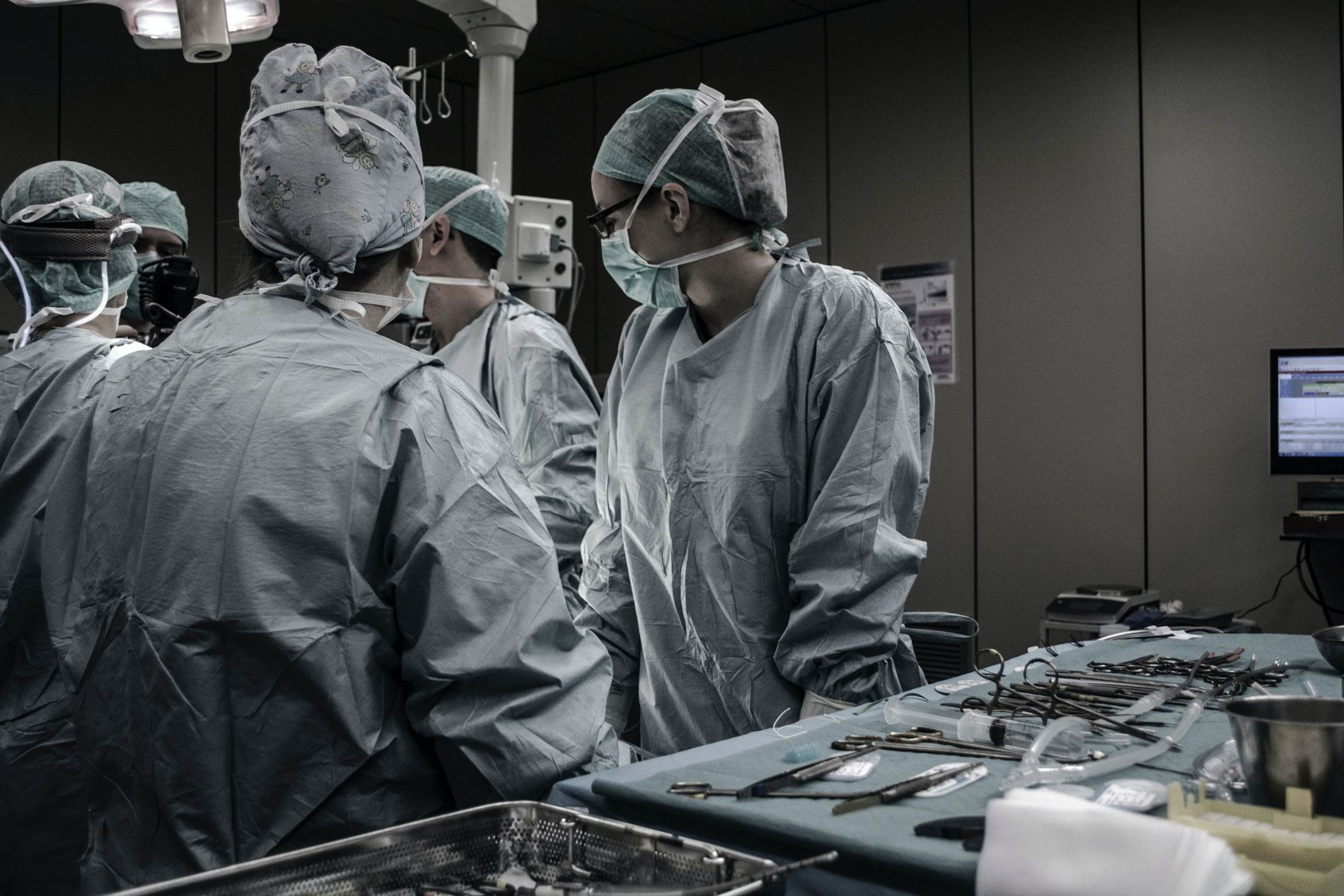In a column for Fast Company, HOK’s Andrew Ibrahim and Randy Kray share how COVID-19 will influence the future of medical education and design, particularly when it comes to technology.
How can medical schools prepare future physicians to be better equipped to handle the next pandemic? Ibrahim and Kray highlight three changes driven by COVID-19 that will support a hybrid model for medical education centered on embracing new technologies.
- Telehealth Training and Resources
Demand for telehealth services (which increased more than 8,000 percent in April 2020 at the height of the pandemic) is expected to remain strong well into the future. Telehealth technology must now be prioritized and training provided for new healthcare professionals. “Many medical education institutions are now incorporating digital content spaces into their facilities,” wrote Ibrahim and Kray. “These environments, which emulate TV studios down to their green screen backdrops, offer one platform for practicing and teaching telemedicine.” - Health Design ‘Test Kitchens’
Medical schools offer ample opportunities for the research and development of new tools that allow future caregivers to become more comfortable with technology and working across disciplines. Ibrhaim and Kray interviewed Dr. Bon Ku, who operates Thomas Jefferson University’s Health Design Lab where med students develop new tools and technologies. “Medical schools need a safe space where students, physicians, patients, and others can co-design,” explained Ku. “I like to refer to these spaces as ‘test kitchens,’ where we can experiment, design, and create new healthcare recipes.” - Best of Both Worlds: An In-Person and Virtual Hybrid
While society has adapted to leverage technology in all aspects of life in the midst of the pandemic, medical education will always require some form of in-person training and instruction. The challenge for medical educators will be determining which training is best suited for a virtual or in-person experience or a hybrid of the two.
“Within just a few short but historic weeks this spring, technology became the best and safest way for many caregivers to connect with patients—and for medical schools to connect with students,” conclude Ibrahim and Kray. “As COVID-19 has laid bare, technology is no longer simply a medical accessory. It’s a medical necessity.”
